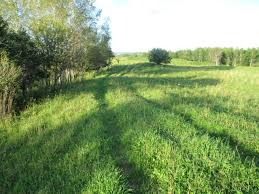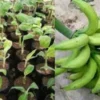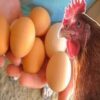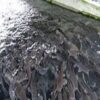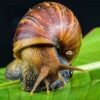Pasture and forage crops have unique characteristics that can easily be used to identify them in the field. These morphological differences have a direct effect on the forage yield and quality of the plants. Animals graze the leafy parts of the plants first before other parts are eaten.
This is because the leaves are more palatable and nutritious compared to the stems or branches. Studying the morphological parts of pasture and forage crops will enhance the proper utilization of pasture and forage resources in Nigeria.
Read Also: Poultry Record Keeping and Performance Evaluation
1. Morphological Structure of Grasses in Pasture Production
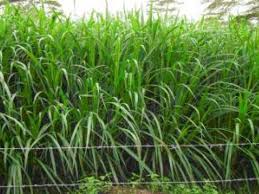
Grasses have two distinct parts, which include:
a. The root
b. The shoot
The root of grasses is fibrous in structure and occurs in tussock or bunch form, depending on the species. However, some grass species such as Sorghum bicolor may have a long fibrous rooting system that extends deep into the soil in search of moisture.
The root contains small root hairs that are used for the absorption of water and minerals from the soil. Generally, the roots of grasses are shallow compared to those of legumes and shrubs. Some grasses possess rhizomes underground storage organs that help the grass survive harsh conditions such as drought.
The shoot of grasses is divided into two parts: the stem and the inflorescence (flower). The stem is composed of leaves, nodes, and internodes. The leaves are attached to the stem at the leaf sheath a thin, leathery cover that holds the leaf. Grass leaves exhibit a parallel venation pattern with a central mid-rib at the centre.
The leaf blade is found at the edges and could be very sharp in some species. Some grass species have hairs under the leaf blade. The inflorescence or flower is the reproductive part of the grass, located at the topmost end of the plant.
It consists of spikes and spikelets. Other flower arrangements on the spike are also possible. In some grass species, numerous stems may be present when stolons are developed. These stolons enable the stem to extend and form a network across different parts of the ground.
2. Morphological Features of Legumes Used in Forage Systems
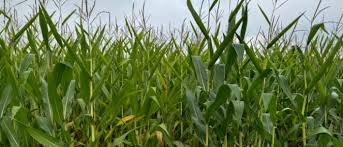
Legumes are divided into four main parts:
a. Root
b. Branches
c. Leaves
d. Flowers
The root of legumes is a tap root system with a central root that penetrates deeply into the soil to provide strong support and absorb moisture. Lateral roots and root hairs serve as channels for water and minerals to move between the soil and the plant through osmotic processes.
Legume roots also bear nodules small or large swellings that house bacterial strains responsible for fixing atmospheric nitrogen into the soil. The size of these nodules depends on the species.
The stem of legumes divides into larger and smaller branches, which eventually produce flowers. Numerous auxiliary branches may emerge from the main stem, each capable of developing flowers. These branches are further divided into nodes and internodes.
Leaves of legumes occur in triplets, meaning three leaflets form one leaf. A central petiole connects the three leaflets. The leaves have a net-like venation pattern, and their size varies depending on the species. The arrangement of the leaflets along the stem and branches differs among legume species.
Flowers in legumes appear either at terminal buds or at the ends of branches. Regardless of their position, the flowers are composed of a calyx (base leaves), a corolla with not more than five petals, stamens (male part), and ovules (female part). The flower size depends on the species, but most legume flowers are colourful, fragrant, and attract pollinating insects.
Read Also: 14 Medicinal Health Benefits of Epimedium grandiflorum (Horny Goat Weed)
3. Morphological Characteristics of Shrubs in Forage Development
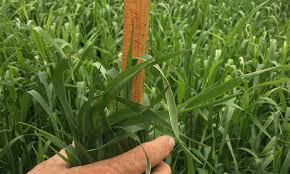
Shrubs share a similar morphological structure with forage legumes. The key difference is that shrubs possess more woody stems and produce more leaves, flowers, and seeds. Additionally, shrubs can grow up to 4 meters tall, while forage legumes typically reach a height of 1 meter or less.
This article has outlined the major morphological differences among pasture grasses, legumes, and shrubs. Understanding these distinctions is essential for proper identification, utilization, and management of pasture and forage crops in agricultural systems.
Do you have any questions, suggestions, or contributions? If so, please feel free to use the comment box below to share your thoughts. We also encourage you to kindly share this information with others who might benefit from it. Since we can’t reach everyone at once, we truly appreciate your help in spreading the word. Thank you so much for your support and for sharing!

